The Consumer Price Index (CPI) measure of inflation was released today, showing that the rate of inflation in the UK has jumped to 2.1% in the year to May. This was above market forecasts of around 1.8% and is slightly above the Bank of England’s target of 2%.
According to the Office for National Statistics (ONS), this surge has largely been driven by the rising costs of fuel and clothing. With crude prices rising, we have also seen a rise of 17.9% in the cost of motor fuels. The cost of clothes also increased by 2.3%, the largest rise since 2018. Retailers are keen to keep prices at elevated, non-discounted levels following the relaxation of lockdown restrictions in April.
. @GrantFitzner continued: (2/2) pic.twitter.com/QEl8Jr7Mxr
— Office for National Statistics (ONS) (@ONS) June 16, 2021
In many ways, this is a predictable result of the gradual loosening of lockdown restrictions. It is something that many economists have warned about since the start of the year. With economic activity highly restricted since the original imposition of lockdown in March last year, consumers have largely spent considerably less than they otherwise would have done. They have therefore accumulated savings that they now intend to spend. With shops, bars and restaurants now at least partially reopen, spending is high and supply is struggling to match demand. The result is that prices, and thus inflation, have risen.
The key question as we move into the second quarter of the year and beyond is whether this inflation will be transitory. One line of thought – a belief that perhaps explains why the market reaction in London this morning was muted – is that it almost certainly will be. Spending will slow down after the initial post-lockdown boom, and production will quickly get back up to pre-lockdown capacity and thereby increase supply. Upward inflationary pressure will be temporary and prices will fall. In this situation, central banks could avoid increasing interest rates as the rate of inflation would decrease regardless. Mike Owens, Global Sales Trader at Saxo Markets, suggested that these figures support such a view but other factors could prove to be more “ominous”:
“A strong reading from UK CPI, +2.1% CPI YoY and the first time in almost two years the number has beaten the Bank of England’s 2% target. On its own, the CPU pickup reflects higher prices as the economy emerges from lockdown and therefore supports the central bank’s current view that the inflation surge will be temporary. Separately, Input data from the Producer Price Index recorded a +10.7% YoY rise in May showing clear pressure on prices of raw materials, fuel and transport pushing up the cost of goods for producers. This is pretty ominous and echo’s last week’s comments from Andy Haldane that further high street inflation can’t be far behind.”
UK inflation jumped to 2.1% in May.
— The New Statesman (@NewStatesman) June 16, 2021
Here's Andy Haldane's piece from this week's magazine on the dangers facing the economy.https://t.co/9p1Pu1pJqO
If “further high street inflation” is indeed “not far behind”, this would suggest that upward inflationary pressures will not be so fleeting and the Bank of England will almost certainly have to increase interest rates. Higher interest rates mean consumers are inclined to save more, reducing spending and lowering inflation. There are already signs that the markets expect this to happen in some form. On the foreign exchange markets, sterling strengthened against both the euro and the dollar in response to this morning’s inflation news. The prospect of higher interest rates in the UK are GBP-positive because investors would earn increased yield on sterling exposure. But an interest rate hike is not without its drawbacks, not least because mortgage payments would go up for many. It would also potentially mark the end of the ultra-loose monetary policy which many deem necessary to support the economy throughout the pandemic.
Commenting on today’s inflation news, Ian Warwick, Managing Partner at Deepbridge Capital, said: “Today’s inflation data serves as further evidence that that the UK economy is moving in the right direction at a significant pace. For many early-stage businesses however, the significant rise in inflation may trigger fears of a subsequent rise in interest rates, directly impacting how much they are able to borrow at a crucial time, when many expected the economy to fully reopen again. Therefore, the biggest problem for growing early-stage companies may be access to funding and as we focus on economic recovery, it remains critically important that scale-up businesses, particularly in high-growth sectors such as digital technologies and life sciences are supported; as they will be at the very heart of economic growth as we create an economy fit for the twenty-first century.
“Government initiatives such as the Enterprise Investment Scheme (EIS) have never been more important for helping entrepreneurs and innovators source the funding they require, whilst also offering private investors with tax incentives to develop UK-supporting private equity portfolios. With our EIS funds reaching record levels of funding in 2020/21 it is evident that there is considerable demand from investors and financial advisers alike to invest in early-stage UK companies which we believe will be at the forefront of our economic recovery.”
Some, however, believe that inflation is already “out of control” and, therefore, that tapering is required as soon as possible. This would surely necessitate the blunt tool of interest rate hikes. Jason Cozens, Founder and CEO of Glint, said:
“Inflation is out of control. Consumers should be deeply concerned about continued rising costs throughout the rest of 2021 now that the Bank of England’s inflation target has already been surpassed – especially as there is no sign of any improvement on the record low interest rates currently hurting consumers and savers.
“Rising inflation is a global problem. It’s at its highest levels since the financial crisis in the US, hitting 5% up from just 1.5% in January. Similarly, production prices in China are at the highest level since 2008, up 9% in a year. Consumers will face a huge hike in prices if these increased production costs are passed on.
“Unfortunately, consumers are hit by a perfect storm of factors that collude to erode the value of our cash and savings. In addition to spiralling inflation and minuscule interest rates, the continuation of quantitative easing – around £900bn since the financial crisis – and unprecedented levels of government borrowing – the UK’s national debt recently hit £2.17tn or over 98% of GDP – ensure that the purchasing power of sterling continues to decline over time. These staggering figures are having a major impact on consumer wallets.
“As a result, more consumers are opting to spend and save in alternative currencies, such as gold or cryptocurrencies. However, the volatility of cryptos, demonstrated by the recent collapse that saw the value of Bitcoin halve in just six weeks, means it remains is an unattractive investment for many. Whilst the value of gold can decline, it has proven its reliability as a long-term store of value and prices are steadily rising towards last year’s levels – prices are up 7% over the last two months, outperforming many get-rich-quick cryptos.”
There are signs that the Chancellor of the Exchequer, Rishi Sunak, is looking to pursue tighter spending policies after the colossal interventions of the past year. Indeed, the furlough scheme is to be wound down gradually from 1st July despite the four-week delay to the end of lockdown restrictions that the prime minister announced on Monday. From July, employers will have to contribute 10% of their employees’ wages. This is to rise to 20% from August, with the scheme due to end completely at the end of September.
The scheme, which pays 80% of people’s wages, is due to start being wound down at the end of this month https://t.co/mhavRtHICU
— The Times (@thetimes) June 14, 2021
If only symbolically, we are arguably seeing the beginning of the UK tapering the huge spending programmes it has launched over the past year. A government which was elected on a ‘levelling up’ agenda – with substantial public infrastructure projects promised especially for communities in the north of England – has been noticeably muted on this front. May similar thinking spill over into tighter monetary policy and an increase in interest rates from the central bank?
This is in contrast to the economic policies currently being pursued in the United States. Since elected, President Biden has committed to trillions of dollars in spending. The New York Times put the total spending of his “American Rescue Plan”, “American Jobs Plan” and “American Families Plan” at around $6 trillion. These all also follow huge stimulus packages passed by President Trump in response to the pandemic last year.
Biden will make the case for one of his three blockbuster spending plans that add up to about $6 trillion – one passed and two pending.
— The New York Times (@nytimes) April 28, 2021
☑ American Rescue Plan, $1.9 trillion
☐ American Jobs Plan, $2.3 trillion
☐ American Families Plan, $1.8 trillion https://t.co/YfJYDqbayP
By responding to recent developments with yet more spending, might Biden be aiming to justify inflation, rather than fight it through higher interest rates? One way to respond to the erosion of savings (and the value of cash) is simply for the state to provide more, and higher quality, services and infrastructure. Whilst this would certainly be a high-risk strategy, in theory at least this could be a way to increase disposable income and thereby offset the effects of inflation.
Quite how governments, and indeed the markets, react to the challenge of inflation remains to be seen. Traditionally, higher inflation results almost inevitably in higher interest rates and it appears that the UK is indeed heading in this direction. That said, administrations will of course differ in their approach, and many may well choose to prioritise retaining ultra-low interest rates, to keep monetary policy accommodative as we emerge from this economic crisis, over limiting inflation. The markets have not experienced high levels of inflation for around a decade and there is therefore a whole generation of traders and financiers who are yet to grapple with what was once – and what may be again – the defining challenge of global economies.
How, and with what degree of success, they respond will be a crucial feature of the world’s post-Covid recovery.
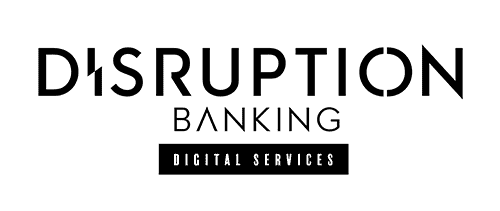



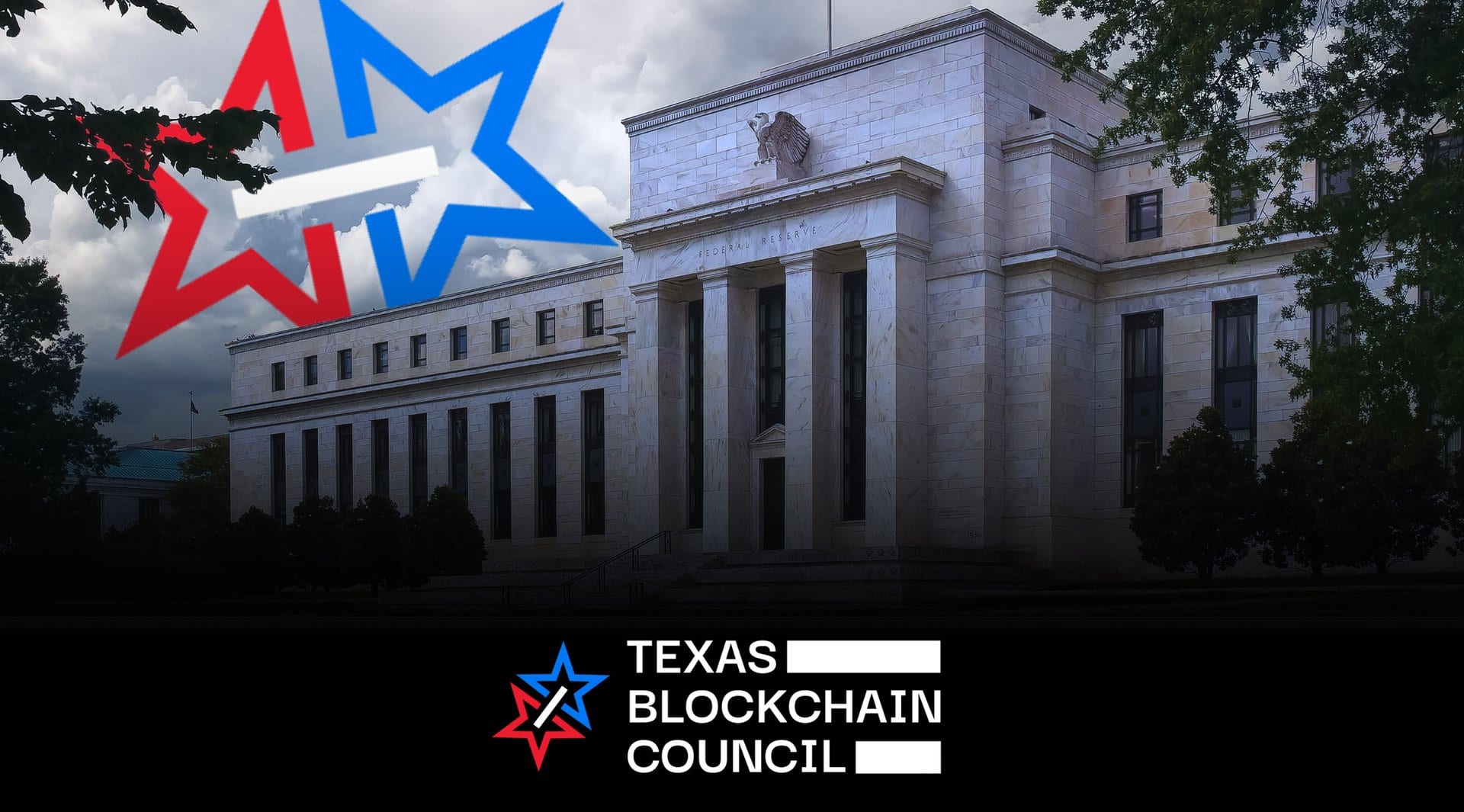
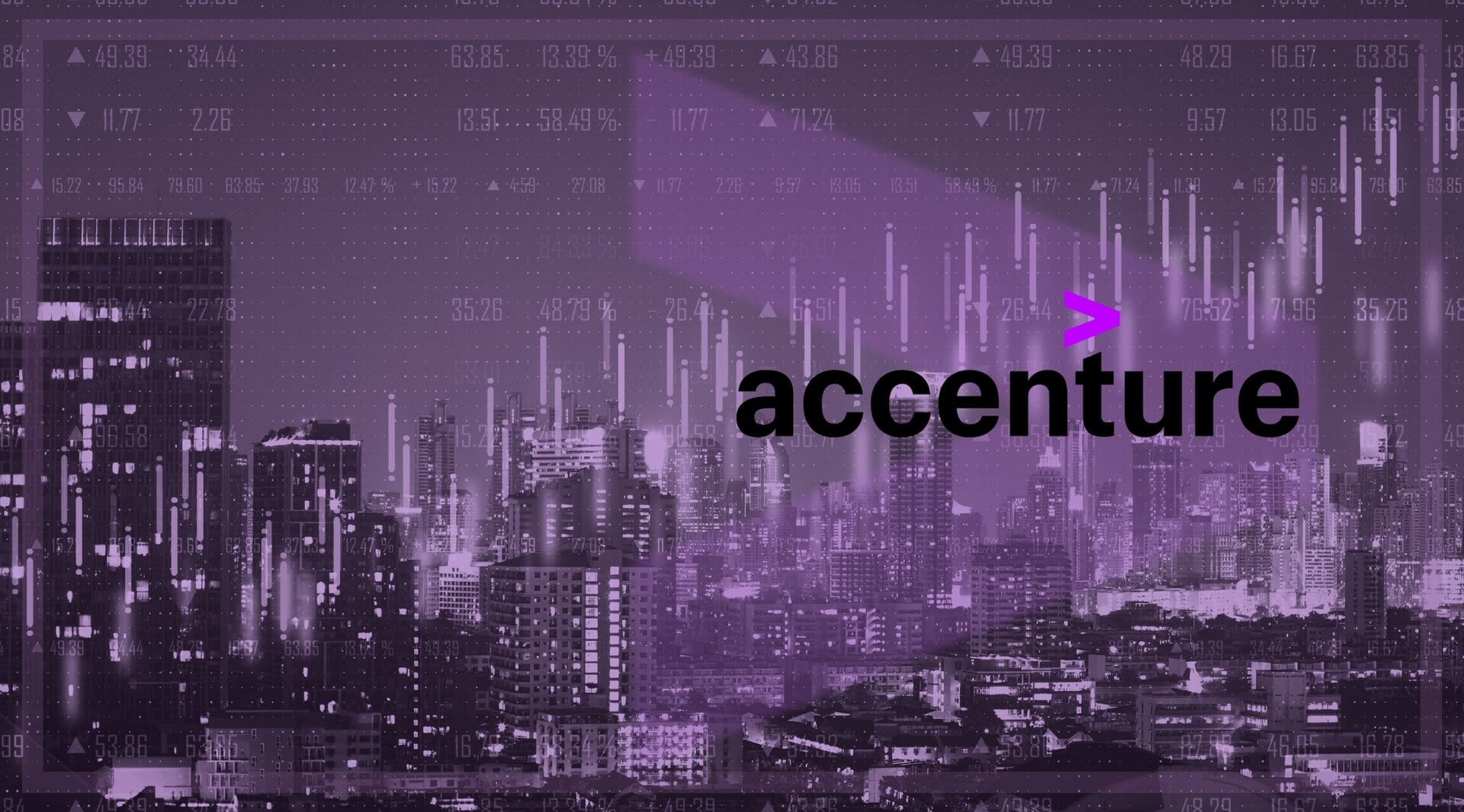






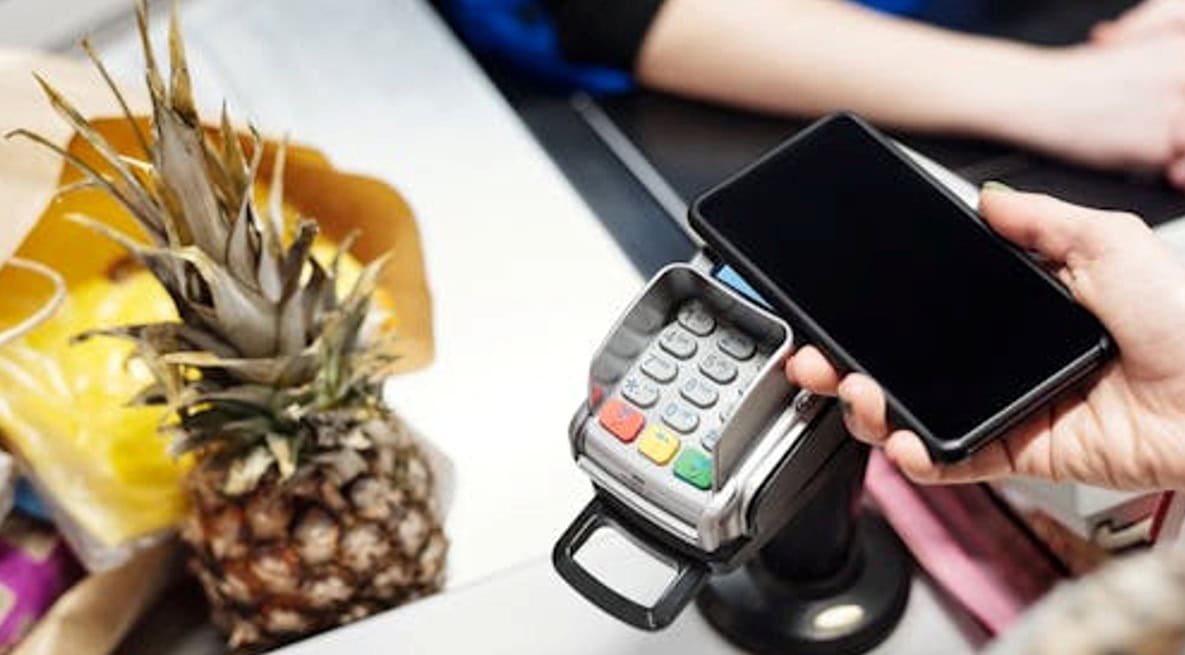

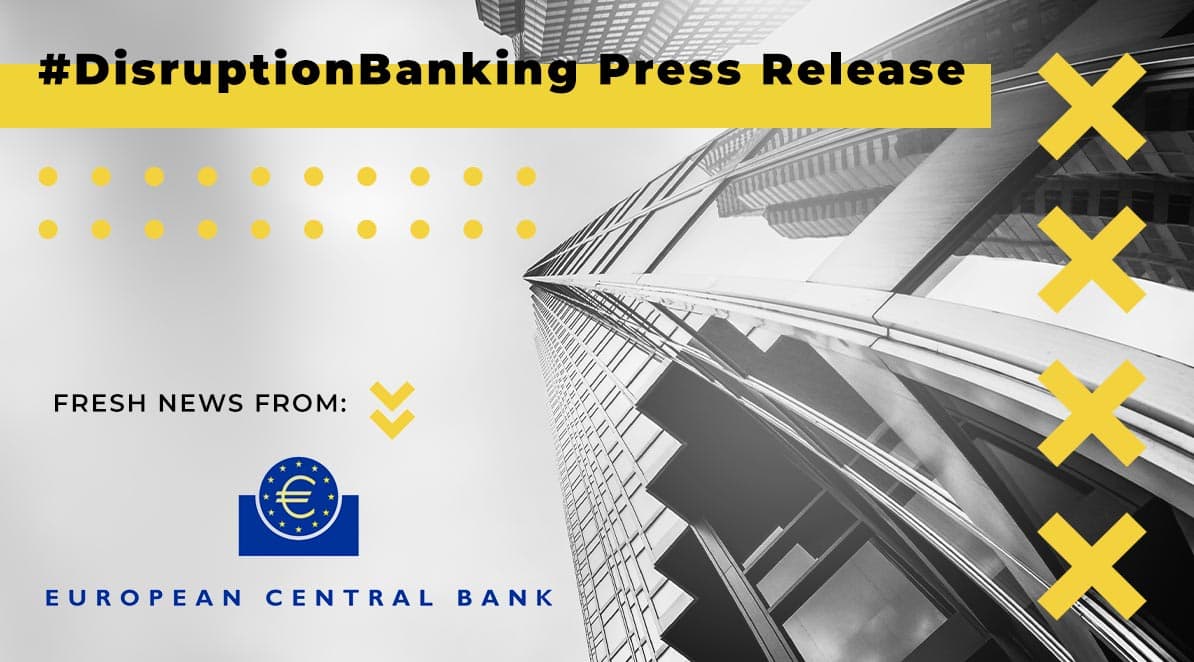

2 Responses